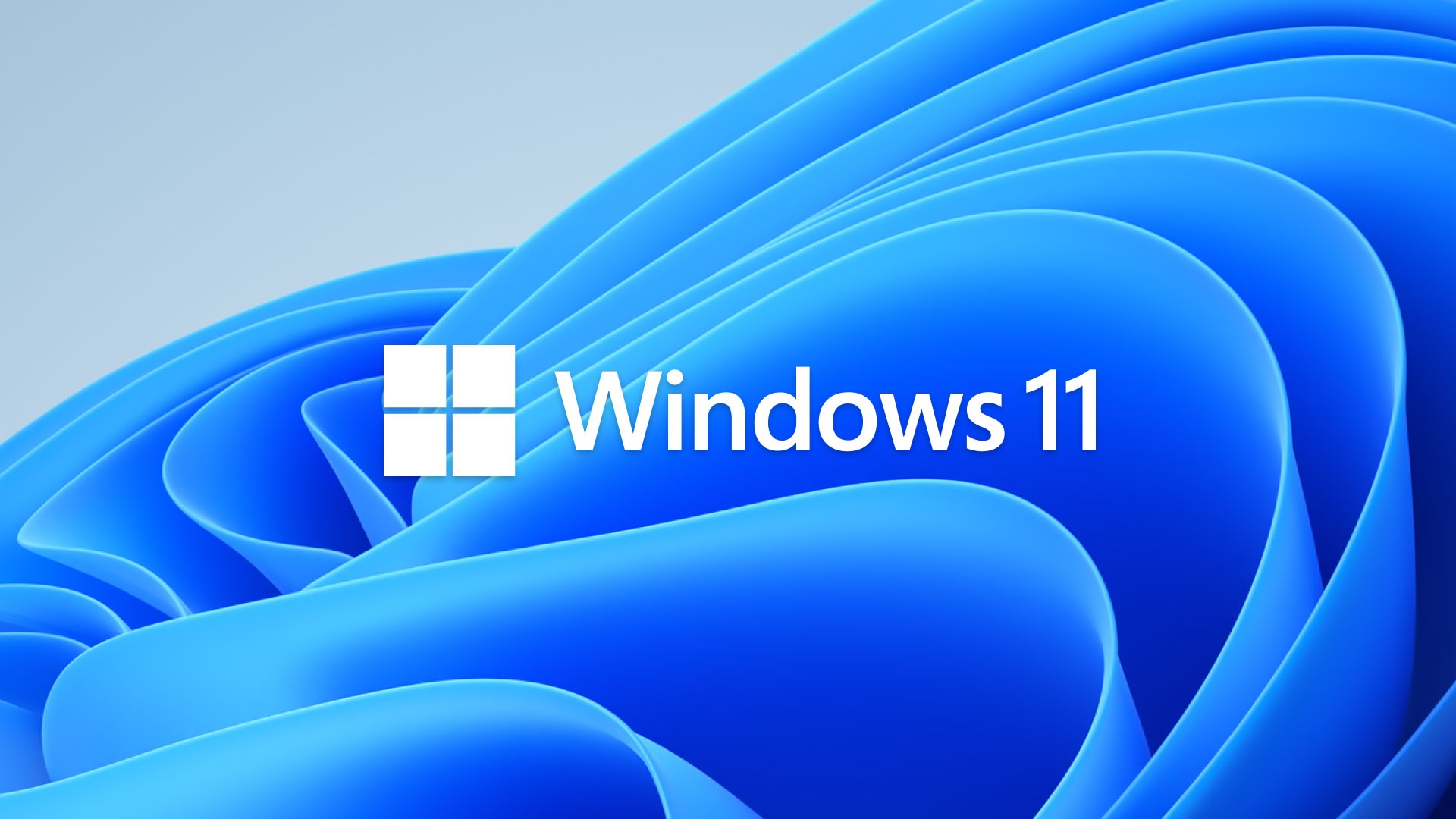
Upgrade to Windows 11: Embrace the Future as Windows 10 Nears End of Life
August 1, 2025
Upgrade to Windows 11: Embrace the Future as Windows 10 Nears End of Life
As we approach October 14, 2025, the end of life for Windows 10, it's crucial for users and organizations to start planning their transition to Windows 11. This milestone marks the end of support for Windows 10, meaning no more security updates, bug fixes, or technical support from Microsoft. Upgrading to Windows 11 is not just a necessity but an opportunity to enhance your computing experience with the latest features and improvements.
Why Upgrade to Windows 11?
-
Enhanced Security
- Advanced Threat Protection: Windows 11 comes with built-in security features that offer advanced threat protection, ensuring your data and devices are safeguarded against the latest cyber threats.
- Regular Updates: With ongoing support, Windows 11 receives regular security updates, keeping your system protected against vulnerabilities.
-
Improved Performance
- Optimized for Modern Hardware: Windows 11 is designed to take full advantage of the latest hardware advancements, providing faster performance and better efficiency.
- Enhanced Multitasking: Features like Snap Layouts and Snap Groups make multitasking more intuitive and efficient, allowing you to organize your workspace with ease.
-
User-Friendly Interface
- Streamlined Design: Windows 11 introduces a fresh, modern interface with a centered Start menu, rounded corners, and new icons, making it visually appealing and easier to navigate.
- Virtual Desktops: The ability to create and customize virtual desktops helps you stay organized and focused, whether you're working, gaming, or browsing.
-
Compatibility and Integration
- Seamless Integration with Microsoft Services: Windows 11 offers seamless integration with Microsoft 365, Teams, and other Microsoft services, enhancing productivity and collaboration.
To ensure a smooth transition to Windows 11, follow these steps:
- Check System Requirements: Verify that your device meets the minimum system requirements for Windows 11. Microsoft provides a PC Health Check tool to help with this.
- Backup Your Data: Before upgrading, back up your important files and data to prevent any loss during the transition.
- Plan the Upgrade: Decide whether to perform an in-place upgrade or a clean installation. An in-place upgrade retains your files and settings, while a clean installation provides a fresh start.
- Update Drivers and Software: Ensure that your device drivers and software are up to date to avoid compatibility issues.
Conclusion
Upgrading to Windows 11 is a proactive step towards a more secure, efficient, and enjoyable computing experience. As Windows 10 reaches its end of life, don't wait until the last minute to make the switch. Embrace the future with Windows 11 and take advantage of its innovative features and improvements.
For more information on upgrading to Windows 11, visit the Microsoft website.
